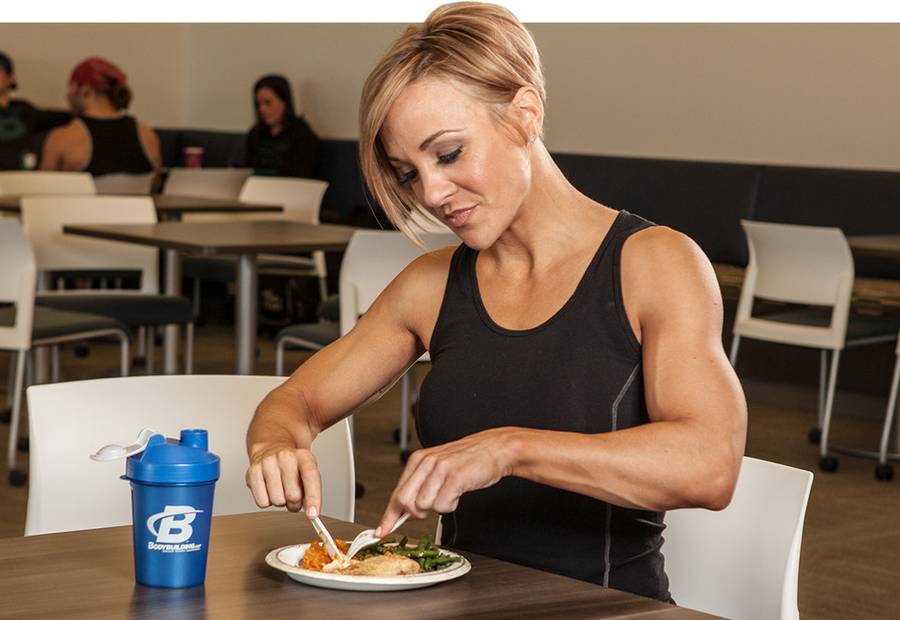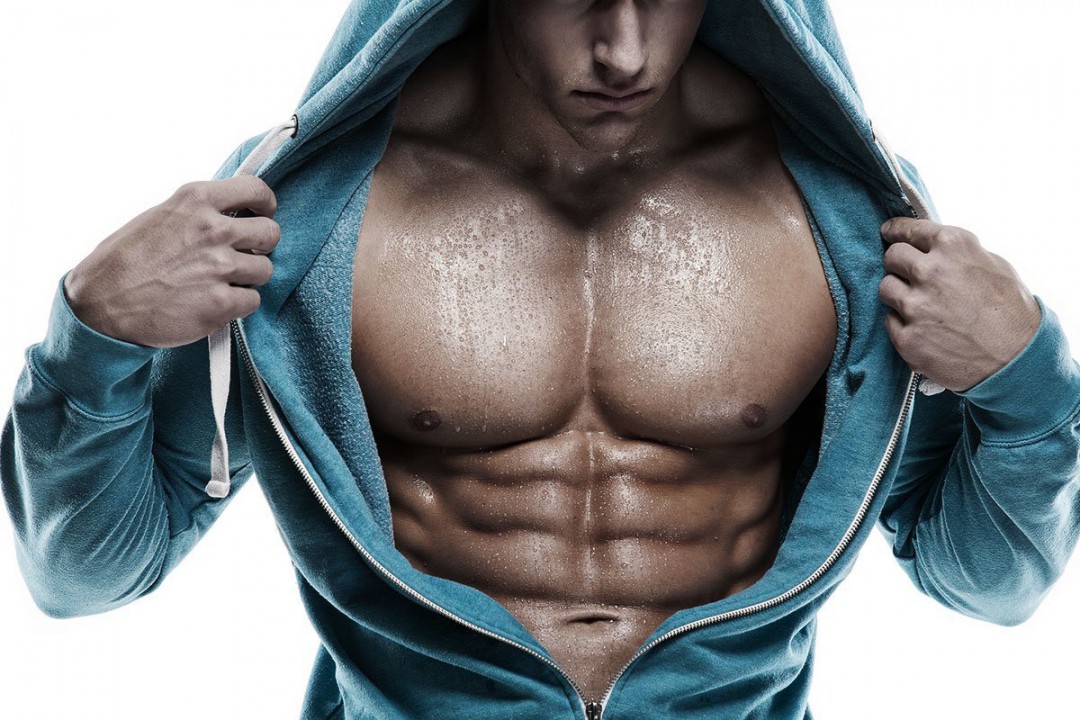Nitrogen is a compound unique to protein that can provide a direct measure of amino acid (protein) status. All macronutrients (proteins, carbohydrates and fats) contain carbon, hydrogen and oxygen.
Among these, only the protein contains an additional nitrogen molecule. Therefore, nitrogen excretion (that is, the amount of protein that is eliminated from the body) can be measured to determine the amount of protein present in the body, and since 70% of protein is found in muscle tissue , this gives an excellent indication of our body’s muscle building potential.
If the body is excreting more nitrogen than it is consuming, we must immediately increase our complete protein intake to compensate for this nitrogen deficit.

There are three basic states of nitrogen balance
- Positive: This is the optimal state for muscle growth – where nitrogen intake is higher than excreted. The higher the nitrogen balance, the faster we recover from workouts. This is the anabolic state of the body. 2-3g of protein per kilo of body weight is recommended to maintain a positive nitrogen state.
- Negative: This is the worst condition a bodybuilder can find himself – the loss of nitrogen is greater than the intake of nitrogen. Not only do we lose nitrogen from our muscles, where it is needed for growth, but it also takes up vital organs, where serious damage can occur. Of course, the negative nitrogen balance also destroys the muscles and is therefore considered a catabolic state. This state occurs when the protein intake is less than 1 gram of protein per kilo of body weight.
- Equilibrium: In this state, nitrogen intake and loss are equal. The bodybuilder in this state is not regressing, nor is he actually gaining any appreciable muscle.
How can a negative nitrogen balance occur?
As I mentioned earlier, protein consumption is crucial for an improvement in nitrogen balance. A negative nitrogen balance can result from consuming an insufficient amount of proteins of high biological value, low quality proteins (sausages, fatty meats and vegetables, for example), or protein sources that lack an optimal balance of essential amino acids.
To support protein synthesis, good quality fats and carbohydrates must be available for energy purposes. If one consumes mainly protein, regardless of the importance of the other macronutrients, the body can metabolize protein for energy purposes, thus reducing the nitrogen balance – valuable amino acids will be transported to vital organs thus depriving the muscles of what they need exactly for growth.
Training muscles is about breaking down muscle tissue. Protein and rest help to regenerate these tissues. Over training, coupled with insufficient protein intake will accelerate a negative nitrogen balance.
How to achieve a positive nitrogen balance
The fundamental rule of thumb when trying to increase nitrogen balance is to eat enough complete proteins. (As easy as this)
Complete protein sources
- Egg whites
- Turkey breast
- Fish
- Seafood (shrimp, lobster, crab, clams, etc)
- Chicken breast
- Lean red meats (top round, lean tenderloin, and flank)
- Protein powders (whey protein, for example)
A caloric excess of protein must be maintained at all times so that there is a positive nitrogen balance. It is recommended to eat about six meals (each spaced 2-3 hours apart), each with about 30-40-grams of protein, per day. We can also make 3 meals that each contain 90-100 grams of protein… .good luck trying to eat that in one meal.

The protein sources listed in this article are the most complete sources and should be eaten with each of these meals. In effect, the idea is to continually increase the uptake of amino acids in the muscles.
With this in mind, some key indicators can be followed:
- To save muscle protein breakdown during training, insulin (an anabolic hormone, which increases the absorption of amino acids and glucose in the muscle) can be increased by consuming a liquid meal that contains protein and carbohydrates one hour before training.
- Immediately after training, consume the same protein / carbohydrate drink to saturate your muscles with amino acids, and increase protein synthesis.

